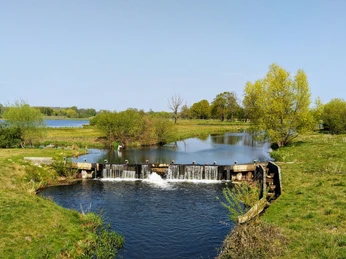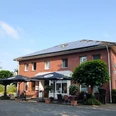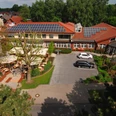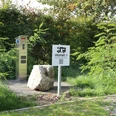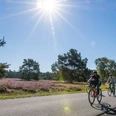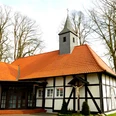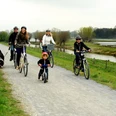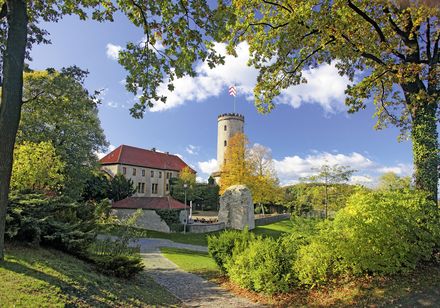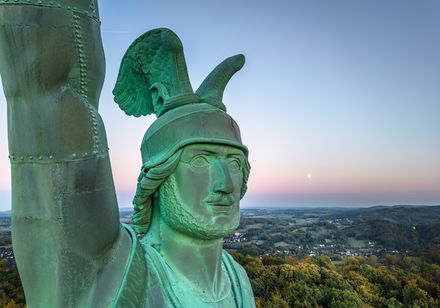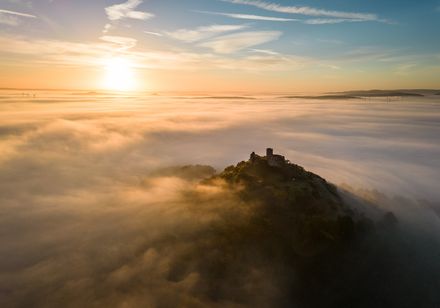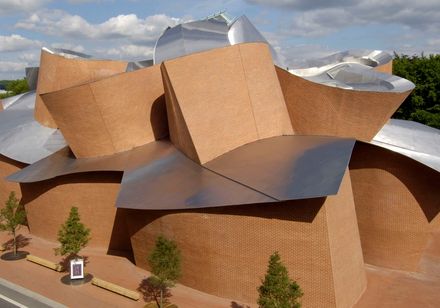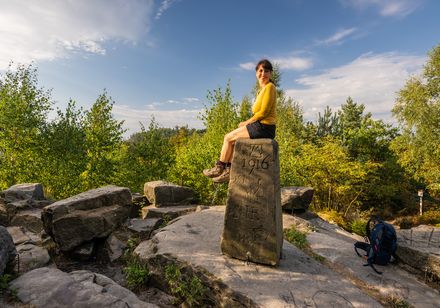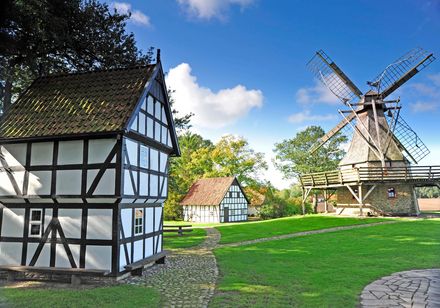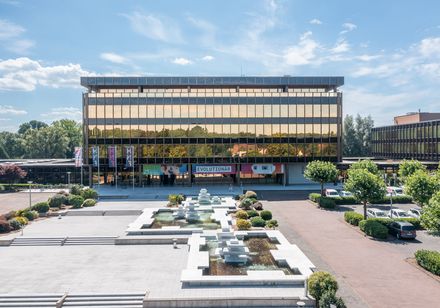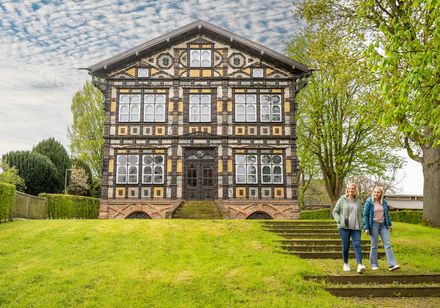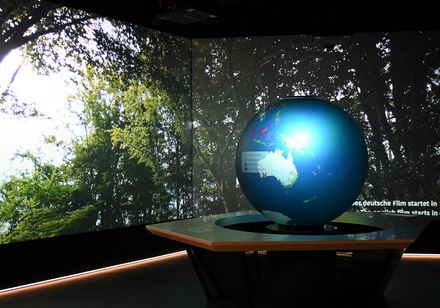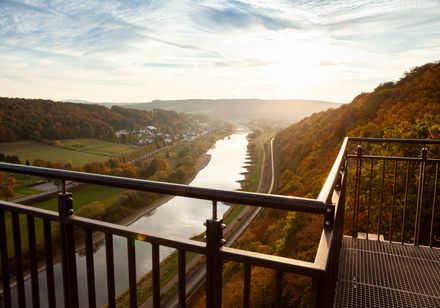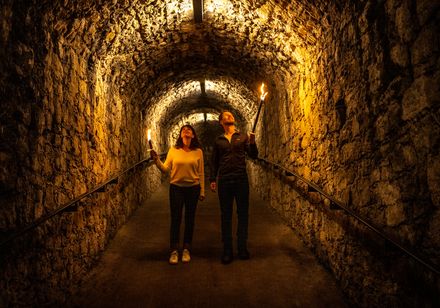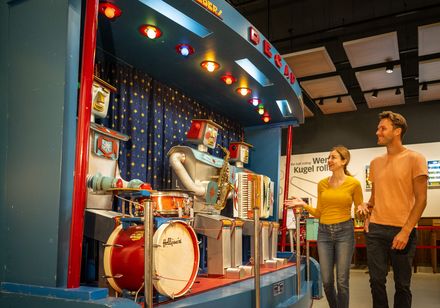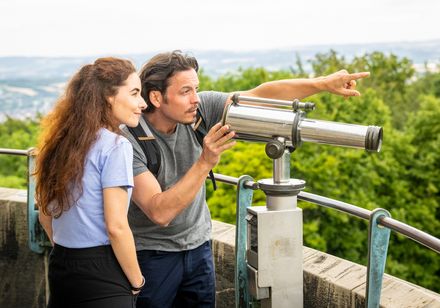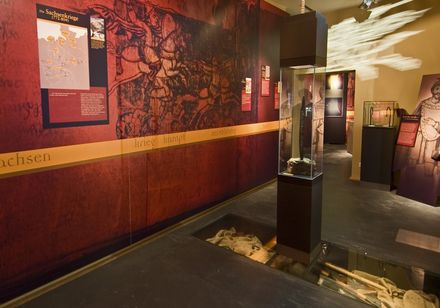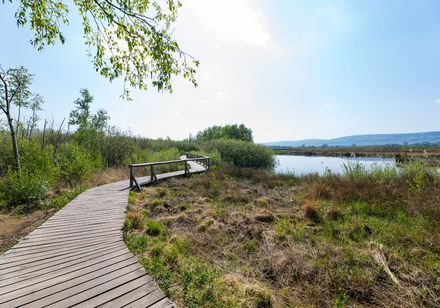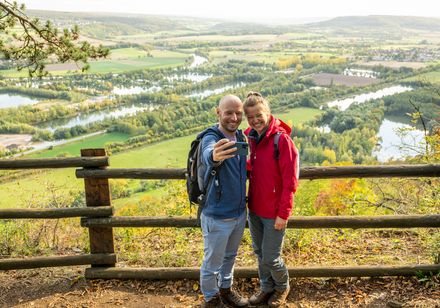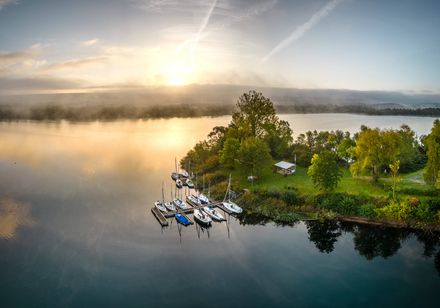The central reservoir area was purchased by the state of North Rhine-Westphalia in an area of around 80 hectares and designed as a waterfowl reserve. Since 1990, there has been a mosaic of shallow water areas, islands and wet grassland on both sides of the Ems. The Steinhorst Basin is considered the largest man-made biotope in North Rhine-Westphalia. In this area, many native and migratory waders and waterfowl find undisturbed areas for breeding, resting or feeding. Fish-eating bird species such as herons, cormorants, various divers and mergansers find a richly laid table in this area and snipe birds use the shallow water zones and mud banks to forage. The area is now part of the European bird sanctuary "Rietberger Emsniederung mit Steinhorster Becken".
In addition to the birdlife, the diversity of dragonflies and amphibians has also increased significantly over the years. Rare plant species that specialize in wetlands have also become established.
A wide ring ditch protects the core zone of the nature reserve from disturbance. Birds can be observed from the top of the dyke and an observation tower in the northern area using binoculars or telescopes.Good to know
General information
Parking Available
Eligibility
Pet allowed
Suitable for Pushchair
Payment methods
Directions & Parking facilities
License (master data)
Stadt Delbrück / Stabstelle Öffentlichkeitsarbeit/Stadtmarketing/Wirtschaftsförderung
Nearby


